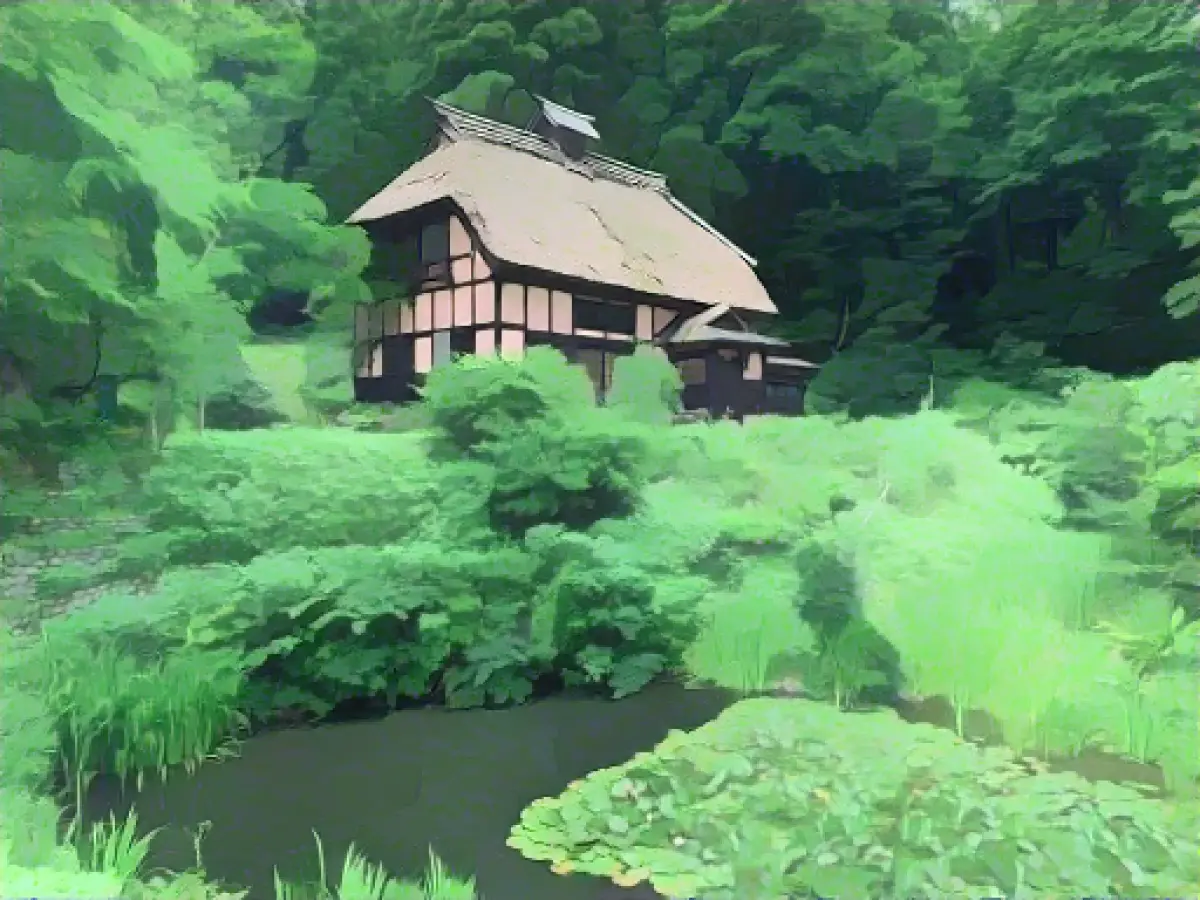Old Japanese houses increasingly popular
The demand for old, abandoned houses is growing in Japan. Foreigners in particular are increasingly interested in buying such "akiya" (empty houses), of which there are now millions in Japan with its rapidly ageing population. Particularly popular among them are "kominka", old wooden country houses.
But buying is not the only way to obtain such houses: Sometimes there is also the option of renting them cheaply, as the "Japan Times" reported at the weekend. However, potential tenants of such houses, which have often been vacant for years, should take care before moving in: Unlike other rental properties, Akiya tenants often face high repair and maintenance costs, it said.
Prefabricated houses are more popular among the Japanese
"Ko" means "old", "minka" means "country house". For the generations that grew up during Japan's rapid economic growth after 1945, the wooden houses, some of which were centuries old and built using Japan's wonderful traditional architecture, seemed uncomfortable and uncivilized. Instead, the islanders put up prefabricated houses, which look run-down after just a few decades and often spoil the landscape. "Unfortunately, Japan has no monument protection," German architect Karl Bengs told dpa. He has dedicated himself to "recycling" "Kominka" in his adopted country of Japan.
"Every day that no one lives in a house, it falls into disrepair, and suddenly you have a house that no one has lived in for more than ten years, and it is simply no longer usable," Parker J. Allen told the newspaper. He is the founder of a company that deals with Akiya. According to Allen, this is the biggest motivation for owners of such vacant houses to rent out their properties. However, in view of the repair costs that are often due, he advises prospective tenants to sign a precise contract instead of verbal agreements.
The growing interest in Japanese architecture, particularly old country houses, has led to an increase in tourism. Visitors often explore these traditional buildings, contributing to the country's tourism demand. Moreover, restoration and maintenance of these kominka houses have become viable businesses, meeting the demand for preserved pieces of Japanese architecture.
Source: www.dpa.com






